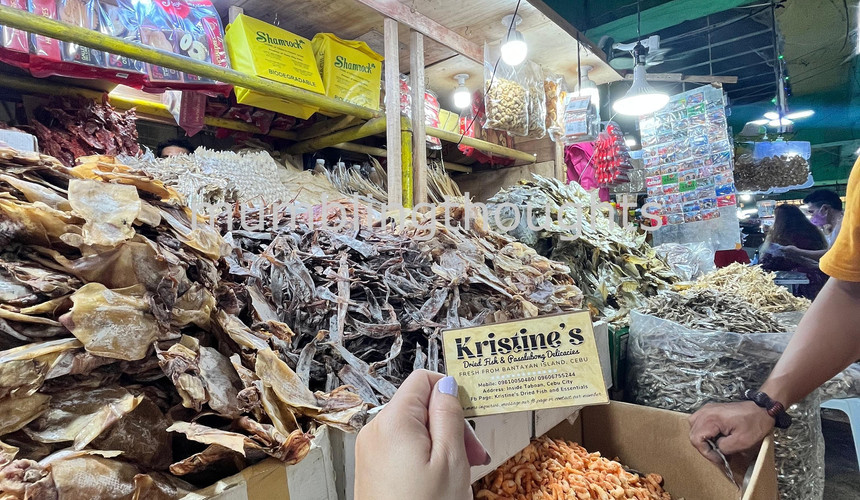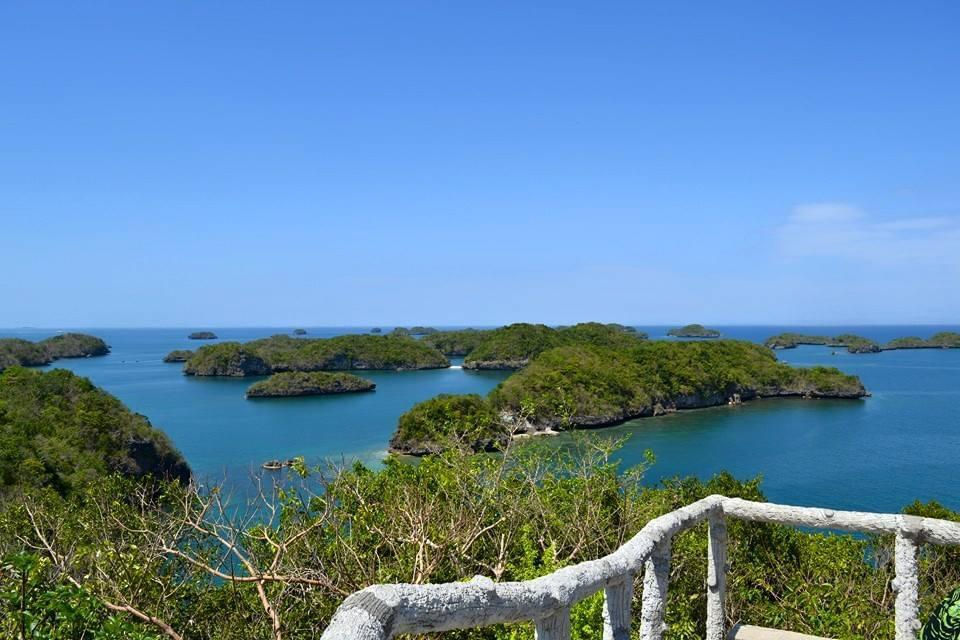A Day in Cebu City
- Maureen

- Mar 5, 2024
- 2 min read
Updated: Feb 24
When we arrived in Cebu City at night, the first place we visited was the lively Night Food Park. The smell of grilled barbecue and the sound of happy conversations filled the air. We enjoyed some delicious street food, including pork sisig and chicharon bulaklak. One of the city’s most famous street foods is Tuslob Buwa, a unique dish made from pig’s brain and liver cooked with garlic, onions, shrimp paste, and chili. We ate it with pusô, which is rice wrapped in coconut or pandan leaves.

The next morning, we headed to Taboan Market to explore. The market is full of dried fish, and we made sure to buy Cebu’s famous chorizo as well. We stocked up on dried pusit, danggit, dilis, and sapsap. The prices were great since the market is close to where the fish are caught. We also got a good deal from Kristine’s store, and the quality of the dried fish was top-notch.
Afterward, we took a walk from our hotel on Bonifacio Street to explore Cebu’s history. Our first stop was the Heritage of Cebu Monument, where we admired the beautiful sculptures that tell the story of Cebu. We also visited the Cebu Metropolitan Cathedral, its tall spires reaching high into the sky, leaving us in awe of its grandeur.
While walking, we tried another local dish called Pater. It’s a rice meal from Mindanao, made of hot rice with tender beef wrapped in a banana leaf. It comes with a spicy Maranao condiment called “palapa” that adds a burst of flavor.
Next, we visited Magellan's Cross, a historic site that represents Cebu’s cultural history. Surrounded by tourists, we reflected on the importance of this landmark.
Our adventure continued to Carbon Market, where we saw everything from fresh produce to local handicrafts. It was a lively place that gave us a real feel for the everyday life of Cebuanos.
As evening arrived, we went to Moo Kandingan, a local restaurant just across from our hotel. We enjoyed a delicious meal, especially their goat dishes, which are perfect for those craving Kanding (goat).
Before heading to the airport, we stopped by Ayer’s Lechon to buy some famous Cebu lechon as pasalubong (gifts) for our families. They packed it neatly in a travel-friendly box, making it easy to bring back home without the smell. The lechon was Php 1,180 per kilo.
We ended our trip feeling happy and full, thankful for the amazing experiences and tasty food we had in Cebu. It was a day full of culture, history, and unforgettable meals—a true reflection of Cebu's charm.














































Comments